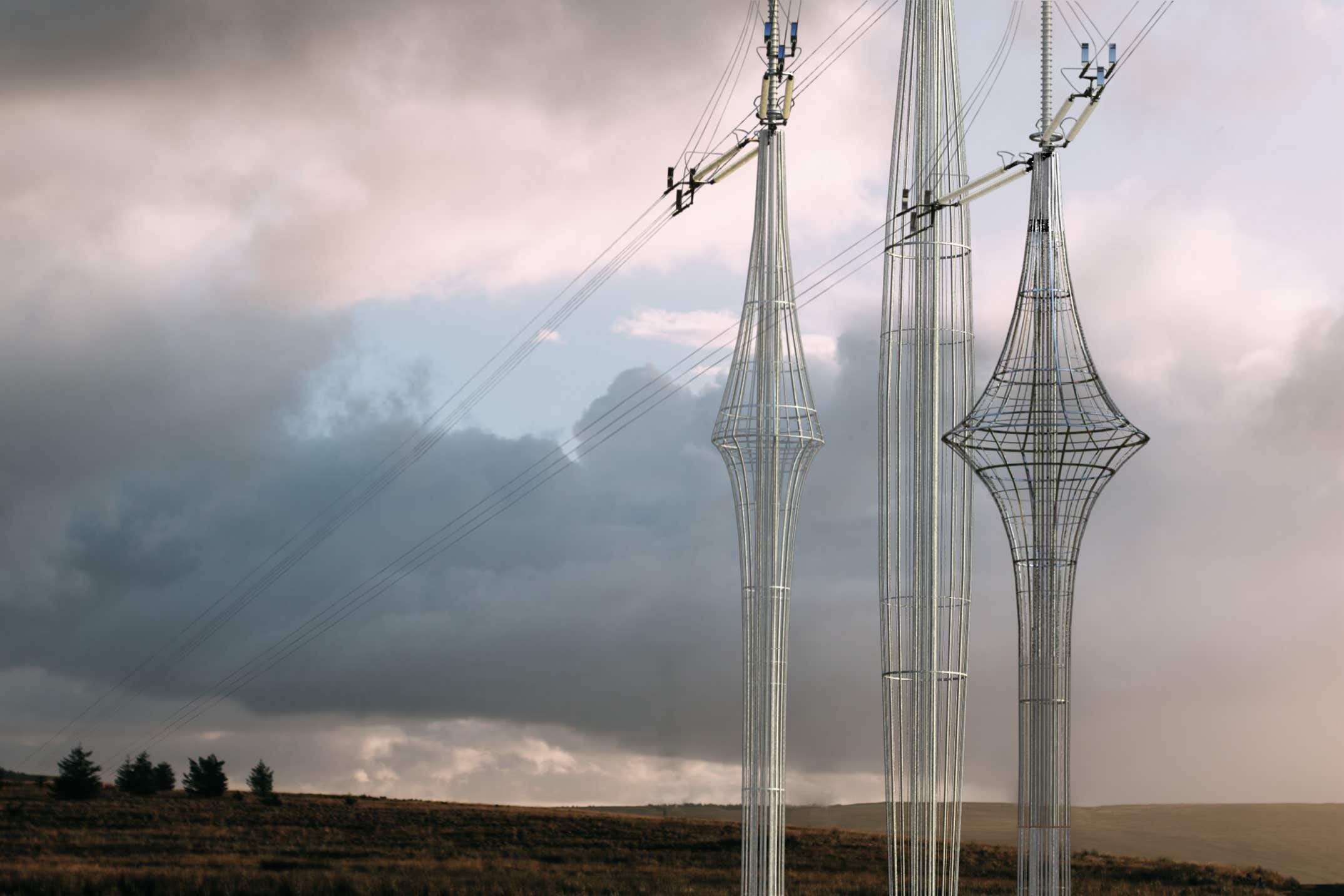
Spindle Towers: Proposal for Halifax
SPINDLE TOWERS
To minimize the visual impact of existing transmission towers, the Spindle Towers seek to achieve transparency while employing graceful, slender form. The innovative solution splits a tower into three separate structures to support each line. Structurally, the composition of slender individual structures became more elastic than the single shaft structure. The repetition of individual structures in close proximity gives a sense of visual balance and harmony while the slight formal variation within the repetition creates visual rhythm.
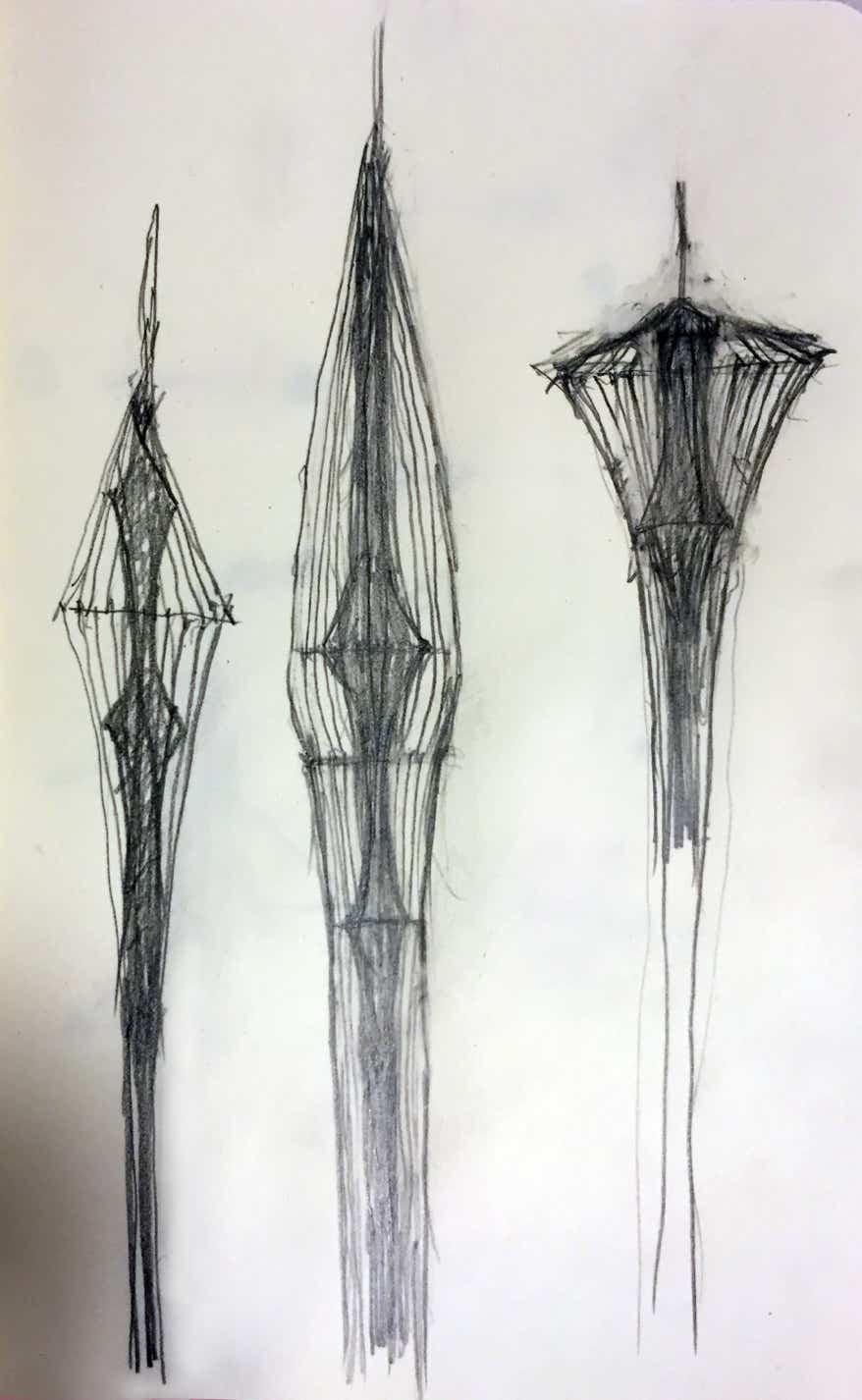
Early sketches of Spindle Towers ©Jin Choi
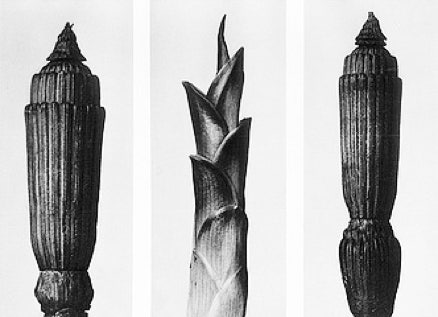
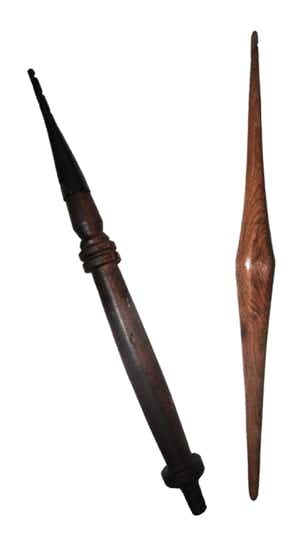
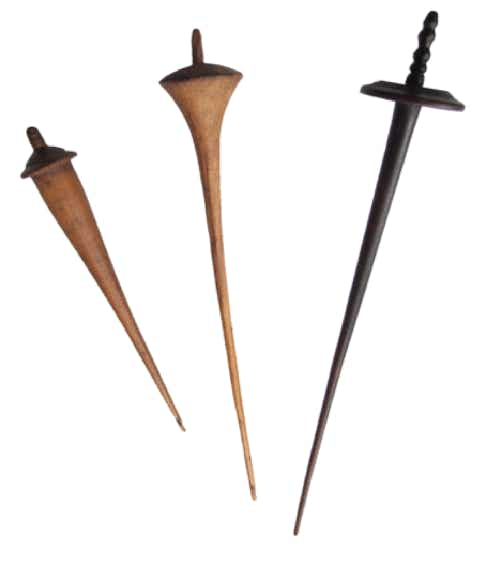

Urformen der Kunst by Karl Blossfeldt 1928
Traditional Spindles
From Top left: Austria, China, Ethiopia, England, Peru, Iraq, France, India, Italy, Norway
Spindle Towers: Proposal for Halifax
The form of each tower resembles traditional weaving spindles, which are shared cross culturally in many parts of the world. The spindle towers aspire to symbolically connect the line of electricity around the world, delivering power in all terrains.
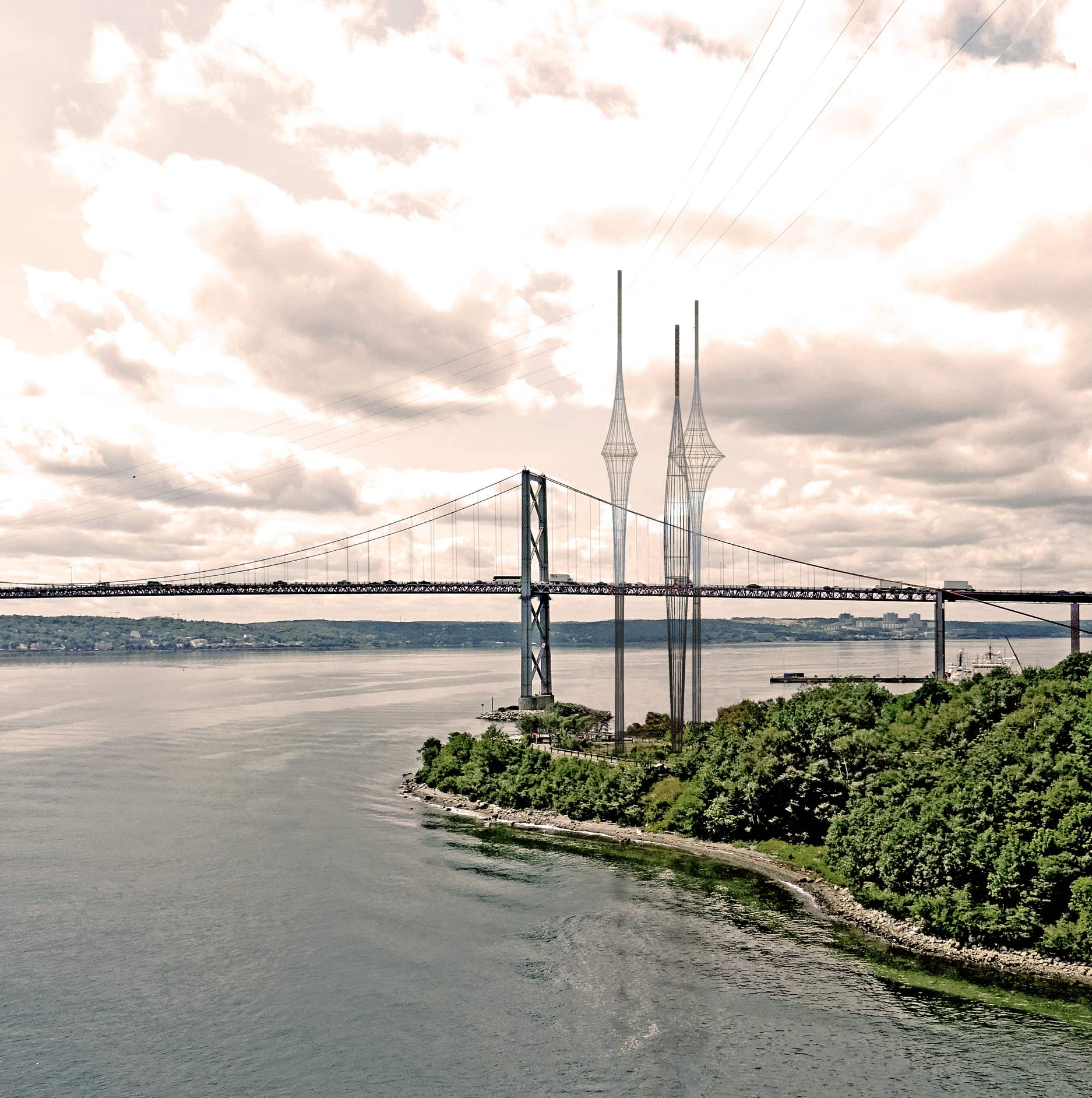
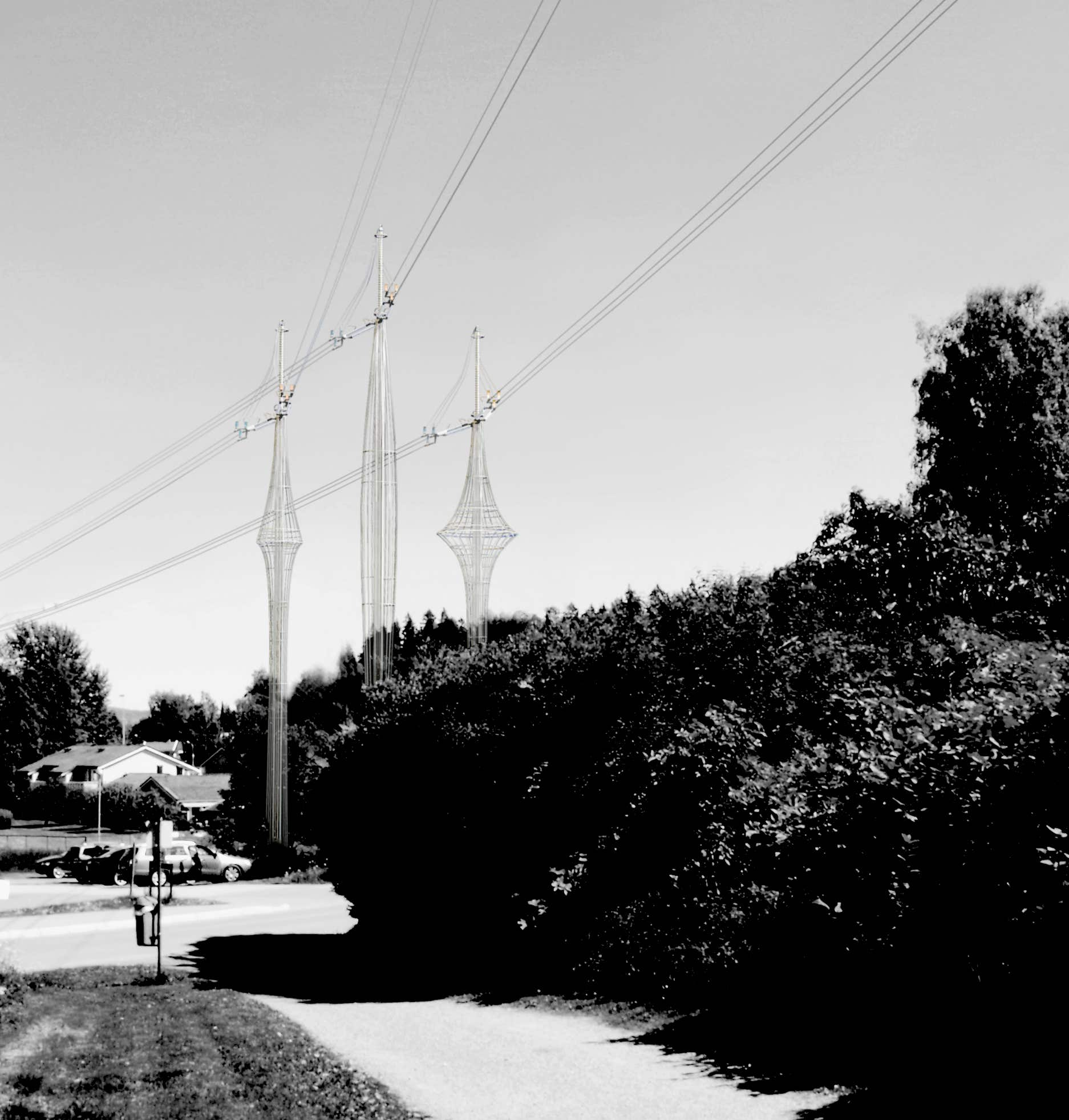
Spindle Towers: Proposal for Norway
By supporting each line at the top center of individual shaft, the Spindle tower eliminates the cantilevered arms found in existing towers, thereby reducing the forces on a single tower, allowing for a structurally simpler and inherently safer design.
The Spindle Towers are economical. As the design eliminates cantilevered loads and has only primary axial loads, the forces on the spindle are reduced, thus minimizing the requirement for rigidity and strength of the spindle. This decreases the quantity and cost of the materials used.
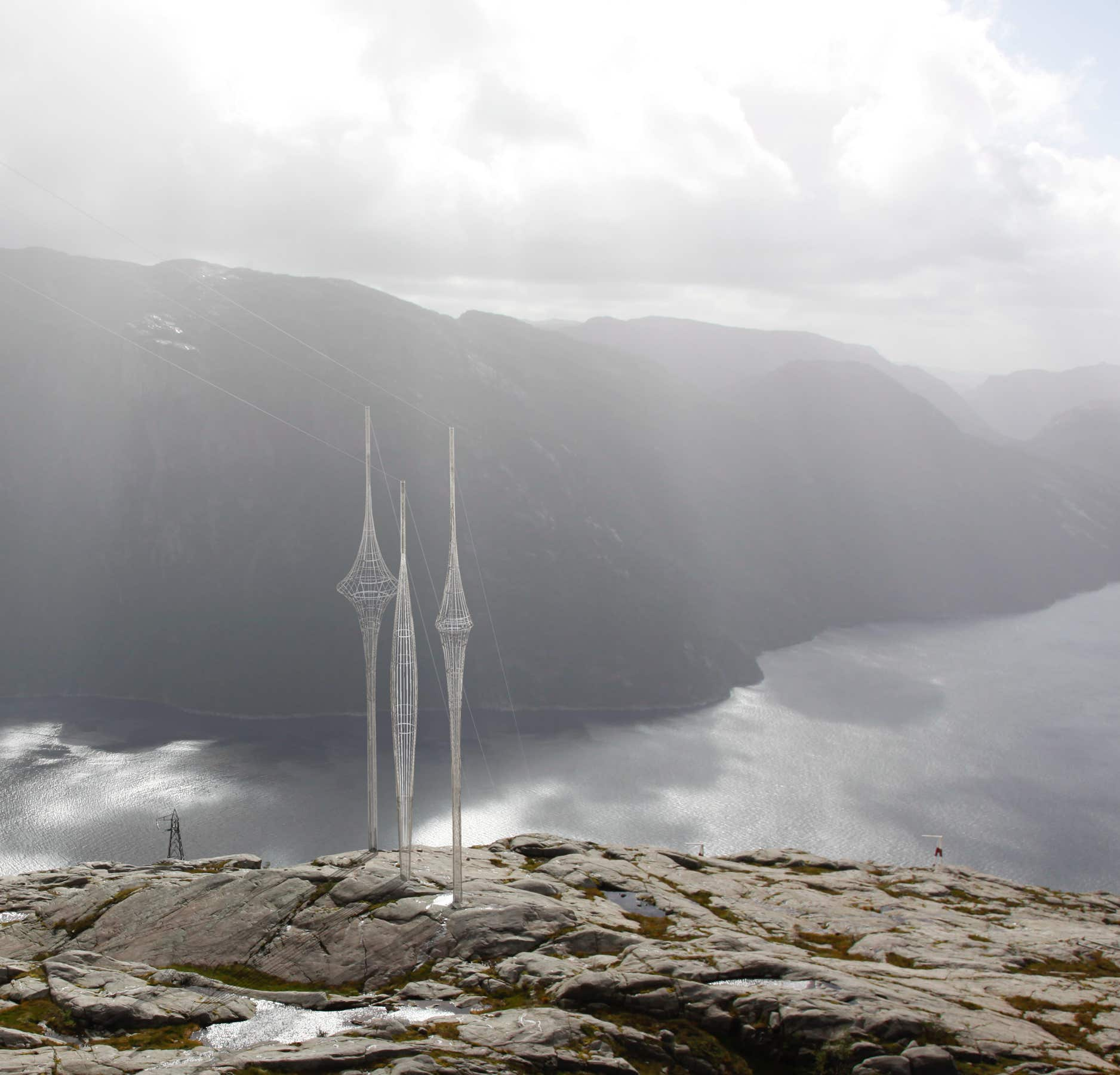
Spindle Towers: Proposal for Norway




